My homemade prime rib rub recipe is an aromatic mix of 10 ingredients. They include thyme, rosemary, onion powder, garlic powder, smoked paprika, black pepper, butter, sugar, salt, and the sweet, woody touch of ground cinnamon. It is simple enough for a regular dinner yet fancy enough for a holiday meal.
From an experienced pitmaster, whether you are working with a bone-in prime rib or a boneless prime rib, the key is to keep the rub simple and flexible enough to pair with every prime rib recipe. Remember, prime rib is renowned for its intense, bold beef flavors so the rub should elevate and not overpower it.
In this post, I outline how to whip up the best wet or dry prime rib rub. I will also show you how to use and store it properly before I get into your most pressing questions on prime rib rub. Walk with me:
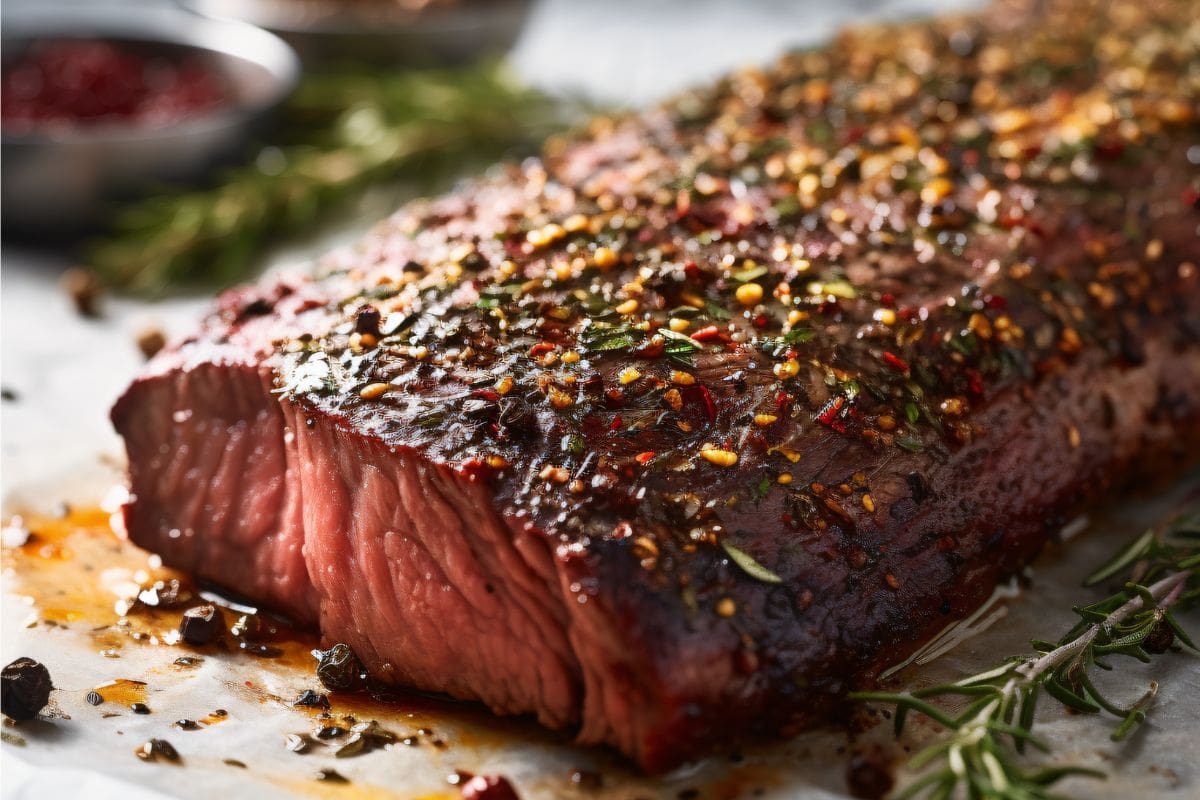
Here’s what you need to get started on prepping this prime rib dry rub. This portion is enough to cover the entire prime rib and some leftovers for other recipes.
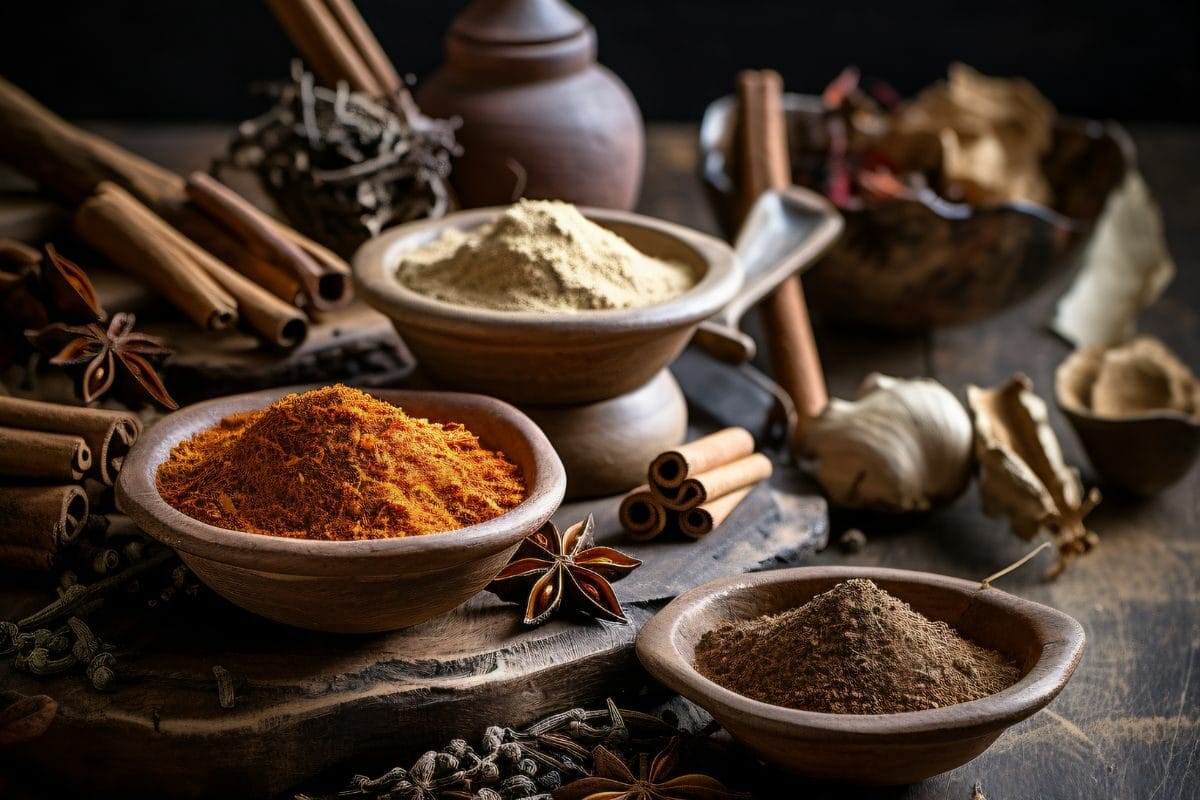
Good seasoning blends are very much like an orchestra where every participant brings an unmatched value to the table. So what do these ingredients bring to our prime rib rub? Jumping in:
Melted butter is the medium that holds all the other spices. It also helps the flavors to seep into the meat fibers and season the deeper layers of your prime rib.
Without the butter, most of the rub would fall off the prime rub as soon as you move it, leaving you with a poorly seasoned crust. I recommend using unsalted butter as opposed to salted butter because the kosher salt included in the recipe is enough for the prime rib. I use Svalia Unsalted Butter.
If butter is not your cup of tea, other options you could try include ghee, coconut oil, and margarine.
Salt is one ingredient you should not ignore. Salt is included in meat rubs for 3 major reasons:
As an avid meat lover, I opt for kosher salt because it doesn’t contain iodine and extra additives that are usually included in other types of salts. That is why I use Diamond Crystal Kosher Salt in all my rubs and marinades.
If you do not have this on hand, try coarse sea salt because it is very similar to kosher salt in appearance and taste or Himalayan salt. I recommend Viva Doria Mediterannean Sea Salt or Himalayan Chef Pink Salt which is very fairly priced.
Brown sugar is not only a flavor enhancer but it also goes a long way in facilitating crust formation through the Maillard reaction, also called the browning reaction. This refers to the reaction between amino acids in the meat and the brown sugar in the prime rib rub. If you like a scrumptious, brown bark on your prime rib, do not skip out on the brown sugar.
Alternatives include white sugar and coconut sugar.
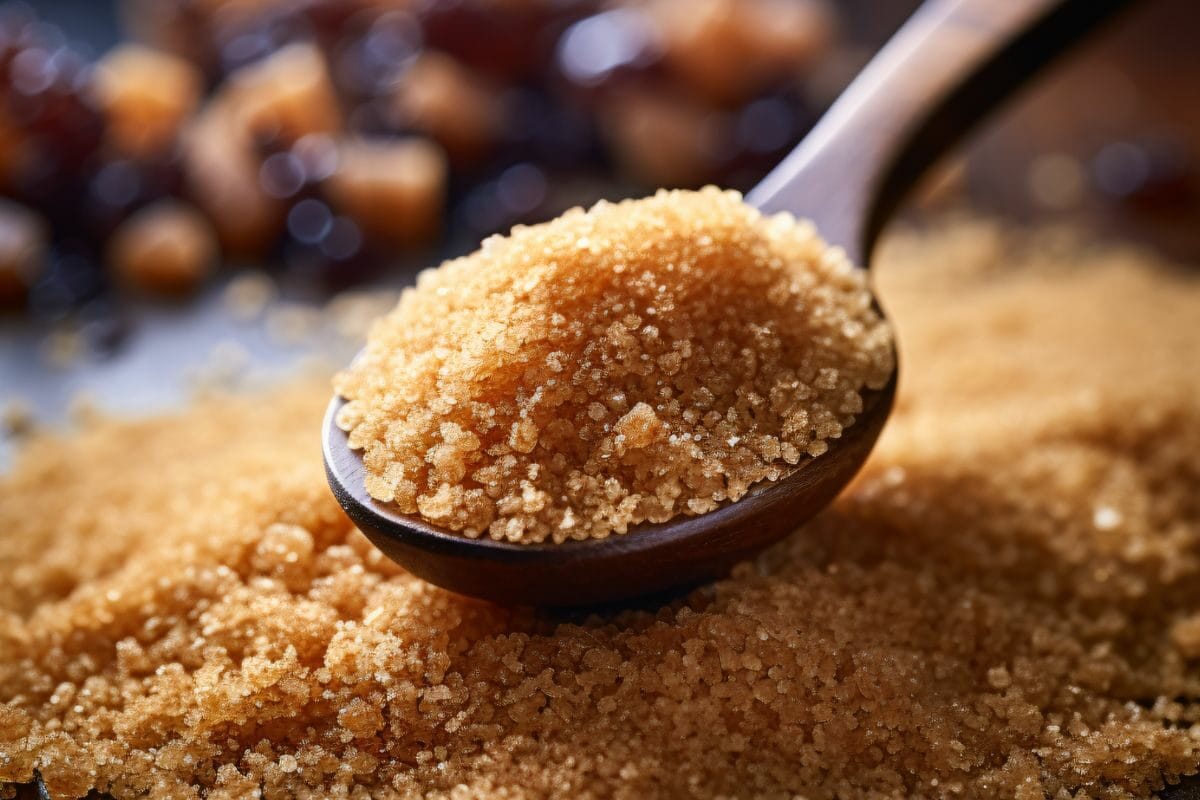
Each spice brings its own unique flavor to the seasoning blend. Let’s look into this:
I appreciate a deep smokey flavor for my beef recipes so I always go for smoked spices for that wood-fired flavor. For this reason, I am partial to Simply Organic Smoked Paprika and Holy Smoke Hickory Smoked Black Pepper.
If you do not care for the smokey flavor, feel free to use regular paprika and regular black pepper. You can also go for cayenne pepper, chipotle powder, ancho pepper powder, and chili powder.
It goes without saying that our prime rib rub would be lacking without the savory ingredients. Onion and garlic powder bring subtle savory notes to the rub but they are mainly used for their incredible aroma. I do not recommend skipping these ingredients.
However, cinnamon powder takes the savory crown in this recipe. A touch of cinnamon powder brings a warm, accent flavor to your prime rib roast that gracefully complements all the other ingredients: the opposite of black pepper. If this doesn’t work for you, try cardamom, nutmeg, or mace.
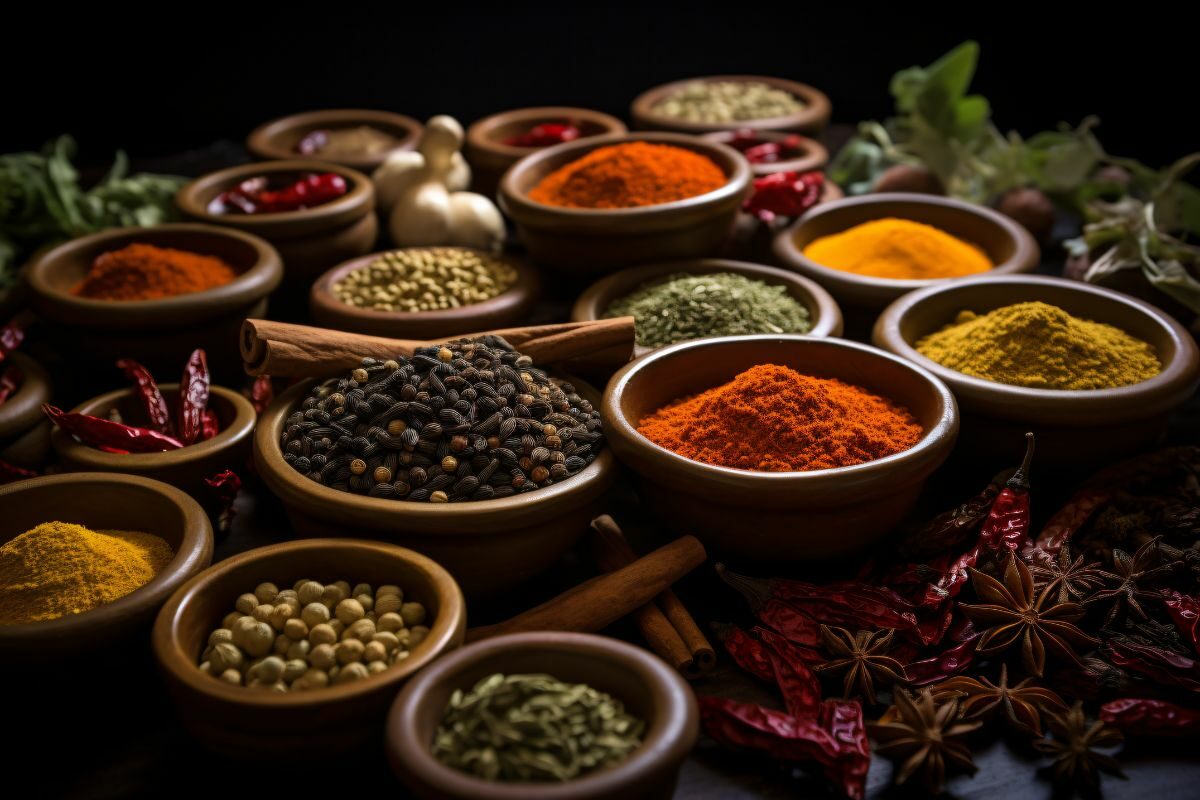
Rosemary and thyme bring a wholesome freshness to the prime rib rub. They also boast signature inviting aromas that anybody can pinpoint. I prefer dried rosemary and dried thyme because they have a more potent flavor compared to fresh rosemary and fresh thyme.
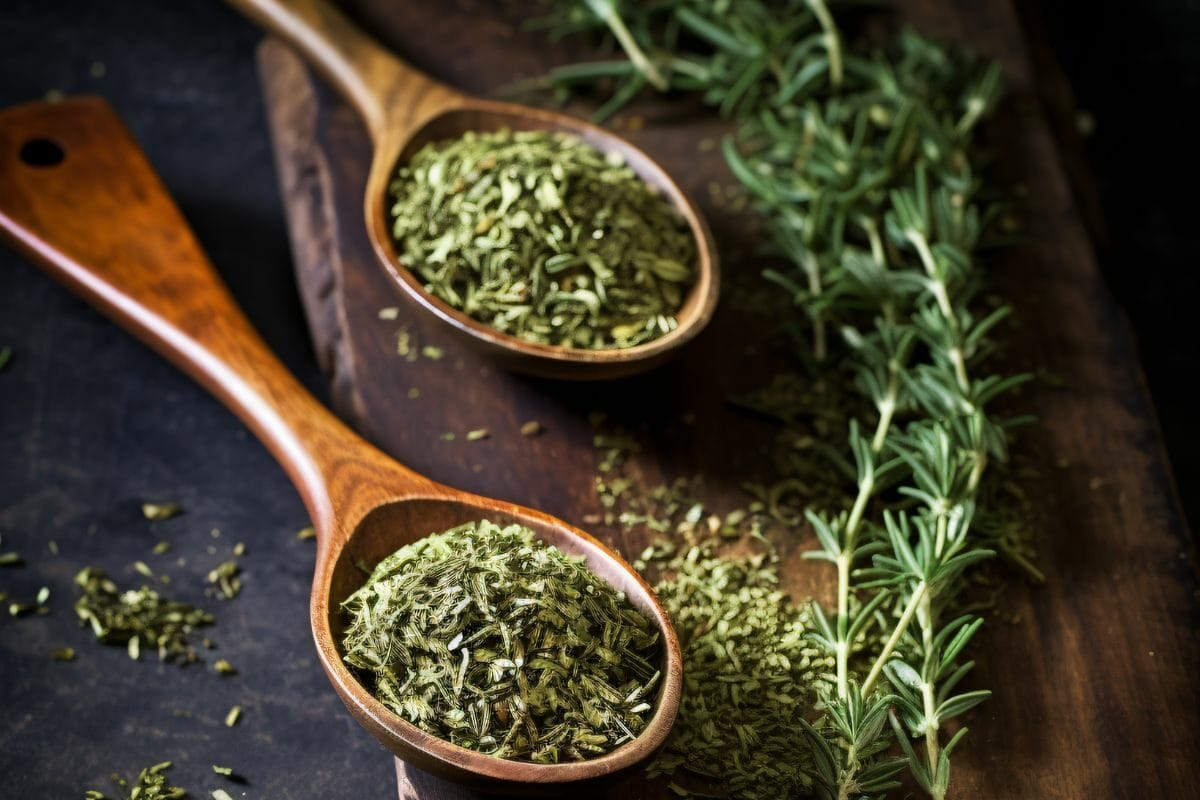
If you are looking for bone-in prime rib or standing rib roast, your best options are either a butcher shop or online delivery services. So head over to your local butcher and ask for prime rib, also commonly referred to as rib roast. If you prefer to have it deboned, he can do that for you as well. You can use the bone to make beef broth or chili.
As for online meat delivery services, I recommend Porter Road’s dry-aged rib roast and Crowd Cow’s options of prime rib.
To apply the rub on your prime rib, follow these step-by-step guidelines:
Note: If you skipped on the unsalted butter and olive oil, then you are working with a dry prime rib rub. For a dry rub to stick to the meat, you have to use a binder. Consider Happy Belly Yellow Mustard. It is affordable and pairs well with beef.
Spread a thin layer of the binder on your meat before applying your dry prime rib rub. Without a binder, most of the spices will fall off as soon as you move the meat onto a roasting pan. Your bark will be patchy and underseasoned.
This rub for prime rib stores very well when handled properly. Keep your prime rib rub away from heat, moisture, and sunlight. Why? Long exposure to heat and sunlight breaks down a lot of the essential oils in the spices. With time, your rib rub will be less potent and less aromatic than if you had stored it properly.
Moisture on the other hand when absorbed into the spice mix makes it clumpy, rancid, and downright unappetizing.
Pour your leftover prime rib rub into an airtight container and store it in the refrigerator. I recommend using it within six months for the best results.
You can also use the leftover rub for other recipes like beef roast, pork roast, and smoked turkey which is a huge bonus.
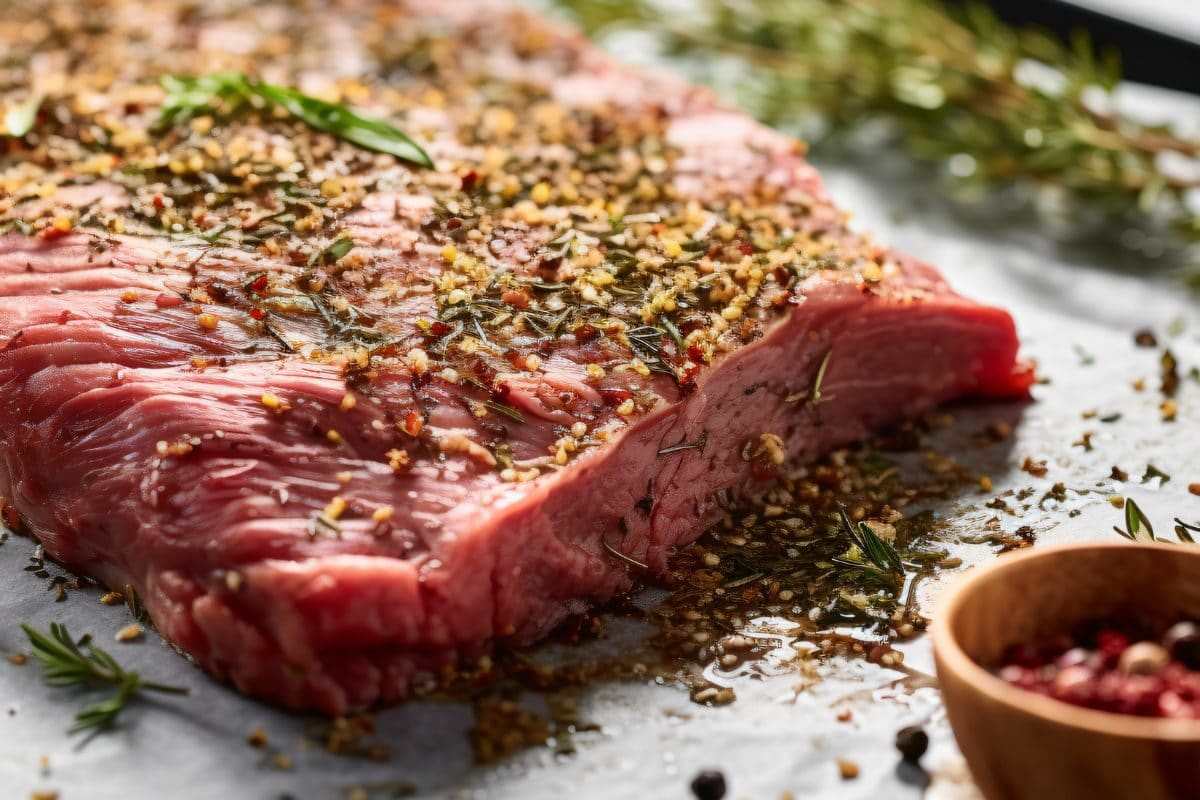
Here are some tips for an even more delicious prime rib roast:
There are 3 secrets to a badass prime rib:
Quality is of utmost importance. Since you are going to be slow cooking your rib roast, fat is your buddy. Look for meat that has lots of marbling that will render as it cooks, flavoring your meal. If you want a jaw-dropping meal that will surely put some respect on your name, go for a dry-aged rib roast.
As with all roasts, low and slow cooking makes for a tender, juicy meal. We also want to make sure that we have a delicious crunchy crust. To achieve this, you need to first hit your meat with high heat to get an excellent even sear on the crust before reducing the heat.
Start by roasting it at 450F for the first 20-25 minutes before reducing the cooking temp to 325F for the rest of the cook. You will not regret this!
It is essential to let the meat rest before carving. This gives the meat a chance to redistribute its juices throughout its fibers such that each cut is just as juicy as the next.
If you carve your meat immediately it cooks, all the juices will flow down your cutting board and you will be left with a dry, rubbery piece of meat-a complete anticlimax to what you had in mind.
No. It does not need to be seasoned but if you want to make the best out of this prime cut, I highly suggest you season it.
The best prime rib rub is a mix of thyme, rosemary, onion powder, garlic powder, smoked paprika, black pepper, butter, sugar, salt, and ground cinnamon.
This rub requires a total prep time of only 5 minutes. It utilizes ingredients that are readily available and is flexible enough for multiple recipes familiar with the holiday season. I also appreciate that you can swap out some ingredients for others to cater to meat lovers who are keen on nutrition calories. For these reasons, this rub is the complete package.